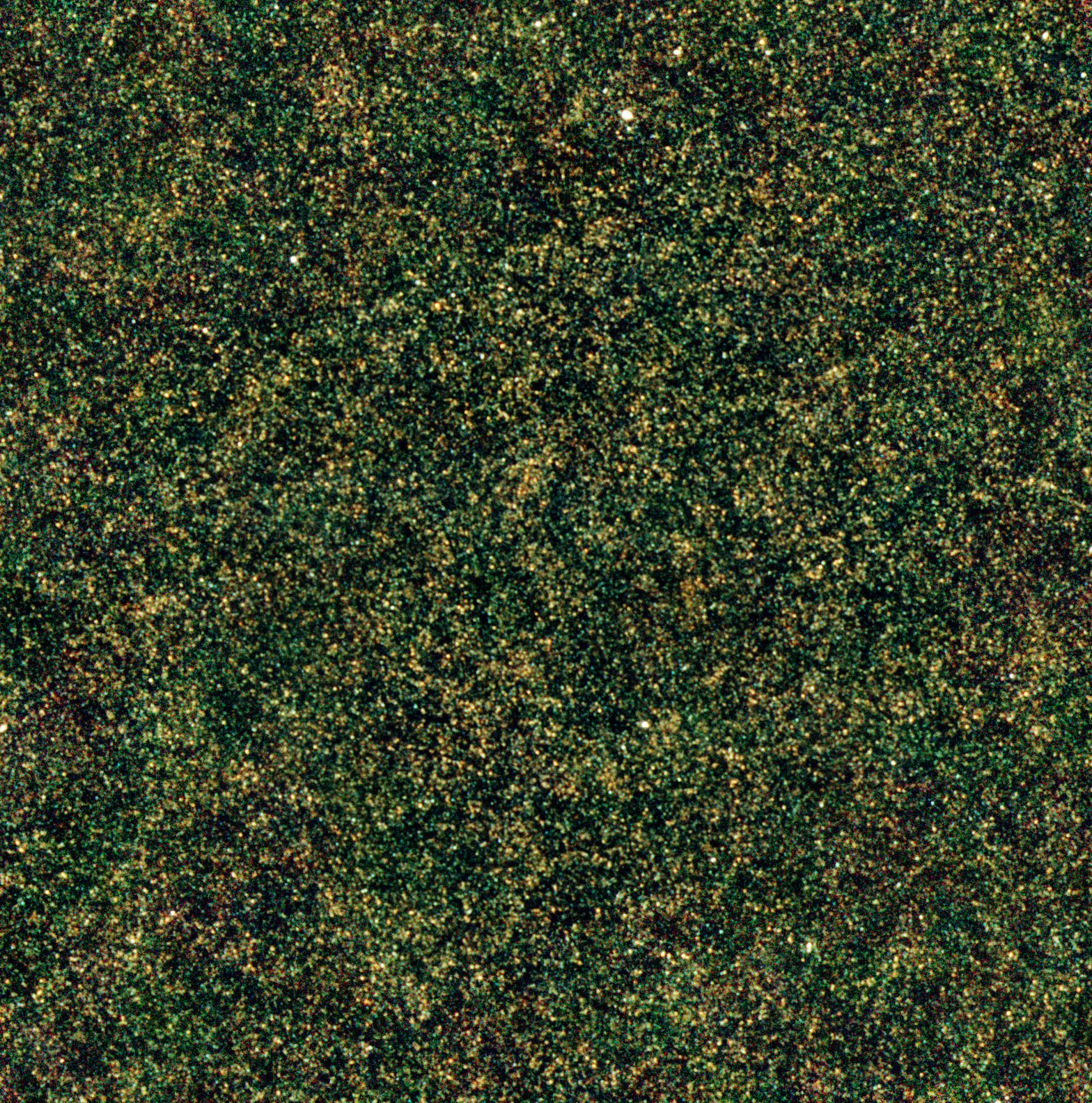| Basic Information | |
| What is this? | A patch of sky containing thousands of distant galaxies |
| Where is it in the sky? | In the constellation of Boötes |
| How big is it? | It coverse around 40 times the area of the Full Moon |
| How far away is it? | The galaxies are seen as they were between 3 and 10 billion years ago |
| What do the colours represent? | Red galaxies are generally further away, and blue ones closer |
Downloads
See this object in:
This area of sky, seen towards the constellation of Boötes, covers about 40 times the area of the Full Moon and is directed well away from the plane of our Galaxy. This allows Herschel to look out at the distant Universe, and see galaxies billions of light years away. Each
This is one of thirteen sky maps in the first data release from HerMES (Herschel Multi-tierd Extragalactic Survey), a project which measures these seemingly empty regions of the sky in great detail. Every dot is a distant galaxy, and most are billions of light years away. By studying their properties, astronomers can investigate how galaxies have changed over billions of years. Thes galaxies are not seen in optical images because they are enshrouded by dust, whcih blocks out most of the starlight. This dust glows at sub-millimetre wavelengths detected by Herschel, and is associated with intense star formation.
Most of the galaxies seen here are so far away that they are seen as they were between 3 and 10 billion years ago – a period when most of the stars we see around us were formed. Many of these galaxies are not unlike our own Milky Way, and studies such as these are building up a picture of how galaxies like the Milky Way were formed.

